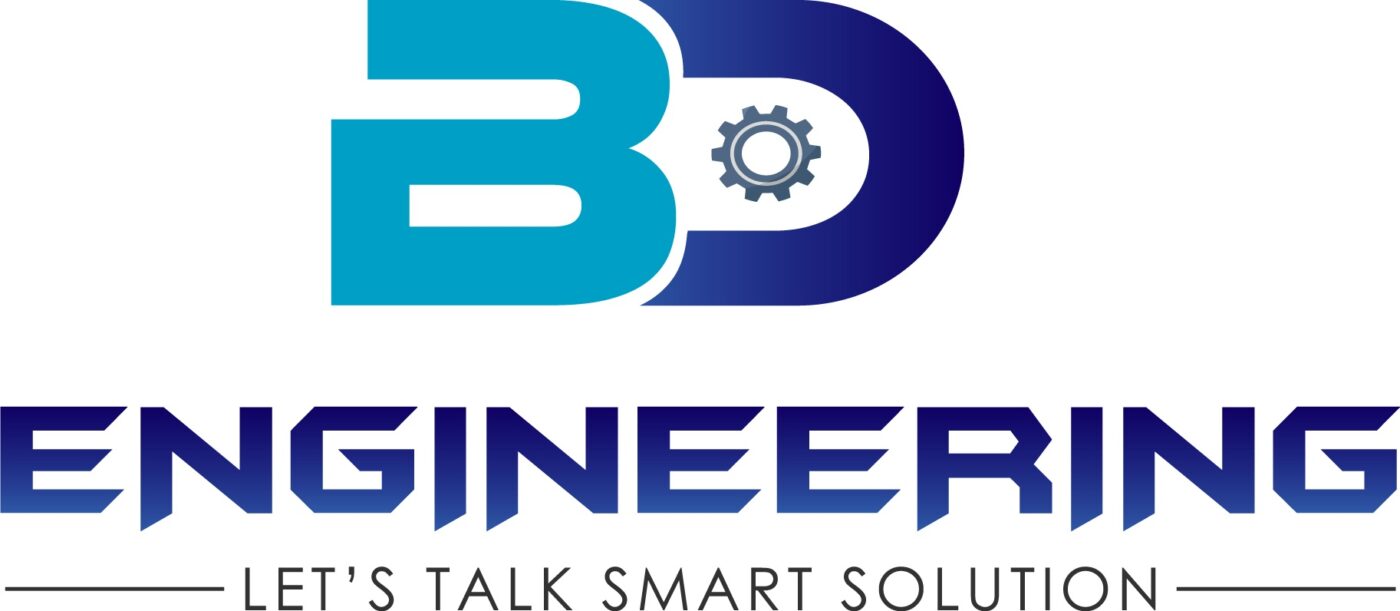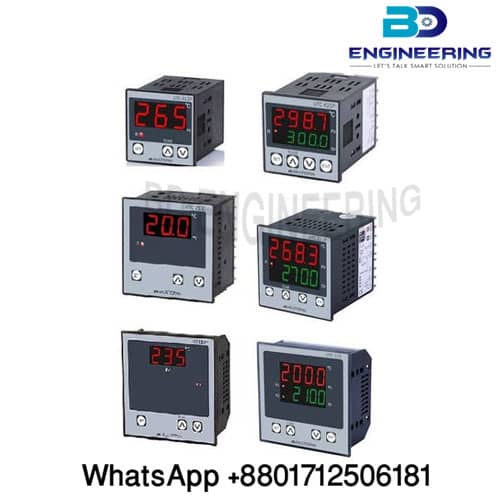Temperature Controller
A temperature controller is an electronic device used to maintain a desired temperature in a system or process. It continuously measures the temperature and compares it to a setpoint, then adjusts the control output to achieve and maintain the desired temperature.
Temperature controllers are widely used in various industries and applications, including HVAC systems, industrial processes, incubators, ovens, refrigeration systems, and more.
Features and components of a typical temperature controller:
Temperature Sensor: A temperature controller utilizes a temperature sensor to measure the current temperature of the system. Common types of temperature sensors include thermocouples, resistance temperature detectors (RTDs), and thermistors. The sensor provides an analog or digital signal representing the temperature value.
Control Algorithm:
The temperature controller employs a control algorithm, typically a proportional-integral-derivative (PID) control algorithm, to calculate the control output based on the difference between the measured temperature and the setpoint. The PID algorithm adjusts the output based on the proportional, integral, and derivative terms to achieve stable and precise temperature control.
Setpoint and Display:
The temperature controller allows the user to set the desired temperature using a setpoint value. This value is typically entered through a user interface, such as buttons or a digital display. The controller may also feature a digital or analog display to show the current temperature and other relevant information.
Output Control:
The temperature controller provides an output control signal to actuate a control element, such as a heating element, cooling device, or control valve, to maintain the desired temperature. The controller adjusts the control output based on the control algorithm and the temperature error.
Alarm and Safety Features:
Temperature controllers often include alarm functions to notify users of critical conditions. They may also have safety features, such as automatic shutdown or fault detection, to prevent system damage or ensure safe operation.
Communication and Connectivity:
Advanced temperature controllers may offer communication interfaces, such as RS-485, Ethernet, or USB, to connect with other devices or systems for data logging, remote monitoring, or integration into a larger control system.
Temperature controllers provide precise and stable temperature regulation, allowing for efficient and reliable operation of various processes and equipment. The PID control algorithm helps minimize temperature fluctuations and achieve the desired temperature with high accuracy. The flexibility and advanced features of temperature controllers make them essential tools in maintaining optimal temperature conditions in numerous applications.

